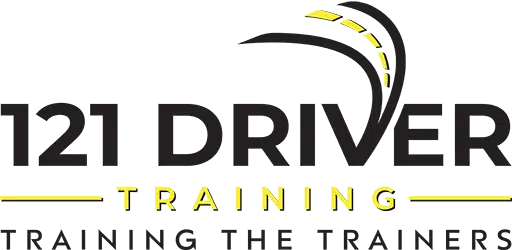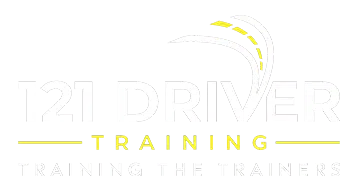A critical aspect of driver education is ensuring that learner drivers master a range of parking techniques, enabling them to confidently and safely park their vehicle in various situations. As driving instructors, we have a responsibility to equip our learners with the necessary knowledge and skills required to navigate different parking scenarios effectively. With the support of 121 Driver Training’s Driving Instructor Course, a TfNSW and ASQA approved Registered Training Organisation, driving instructors have access to comprehensive resources and expertise to provide high-quality instruction in safe parking techniques, boosting the confidence and competence of their learners.
In this blog post, we will explore essential tips and strategies that driving instructors can utilise in teaching parking techniques such as parallel, angle, and reverse parking. By incorporating these practical teaching methods into their driving lessons, instructors can ensure learner drivers develop a solid foundation of parking skills that they can carry with them as independent road users.
1. Teaching Parallel Parking Techniques
Parallel parking is often considered one of the most challenging parking methods for learner drivers, as it requires precision and good judgement. Instructors should focus on the following key points when teaching parallel parking techniques:
– Proper vehicle positioning: Demonstrate to learners that they should position their car parallel to and about 45-60 cm away from the vehicle they are parking behind.
– Aligning the cars: Instruct learners to align their vehicle with the car they will park behind, using the side mirrors or other reference points as guides for alignment.
– Mastering the reverse-and-turn method: Guide learners through the process of reversing while turning the steering wheel in the appropriate direction, ensuring they check their mirrors and blind spots throughout the manoeuvre.
2. Instructing Angle Parking Techniques
Angle parking, commonly found in car parks and shopping centres, requires learners to navigate their vehicle into parking spaces diagonally. Instructors should emphasise the following elements when teaching angle parking:
– Approaching the space: Teach learners to signal their intention to park, reducing their speed as they approach the parking space.
– Judging the turn angle: Instruct learners to assess the correct angle required to enter the parking space, ensuring they maintain a safe distance from other parked vehicles.
– Monitoring vehicle position: Encourage learners to frequently check their mirrors and utilise reference points within the vehicle to guide them while parking, making necessary adjustments to align their car within the space appropriately.
3. Perfecting Reverse Parking Techniques
Reverse parking, also known as bay parking, requires learners to manoeuvre their car into a designated parking space in a controlled and precise manner. Instructors should enhance learners’ reverse parking skills by focusing on:
– Choosing a suitable parking space: Ensure learners identify a suitable parking space, taking into account factors such as the width of the space and proximity to other vehicles.
– Aligning with guidelines: Guide learners in aligning their vehicle with any provided guidelines or road markings, using their mirrors and reference points within the vehicle.
– Reversing and turning: Instruct learners to slowly reverse while turning the steering wheel as needed, constantly checking their mirrors and blind spots for obstacles and adjusting their position accordingly.
4. Promoting Best Practices for Safe Parking Scenarios
Beyond mastering specific parking techniques, instructors should instil best practices in learner drivers to promote safe parking scenarios:
– Mirror and blind spot checks: Teach learners the importance of checking their mirrors and blind spots before starting any parking manoeuvre, ensuring they identify any potential hazards or obstacles.
– Vehicle positioning: Encourage learners to maintain a central position within parking spaces, providing equal space on either side of their vehicle, for ease of access and to prevent contact with other parked vehicles.
– Signalling: Stress the importance of signalling the intention to park or exit a parking space, alerting other road users of their planned manoeuvre.
Conclusion:
By effectively teaching safe parking techniques, driving instructors play a crucial role in fostering a generation of competent drivers who can confidently and safely park their vehicles in various situations. Through practical guidance and hands-on experience, learners can develop a solid foundation of parking skills that they can carry with them into their independent driving journeys.
121 Driver Training, a TfNSW and ASQA approved Registered Training Organisation, offers comprehensive Driving Instructor Courses that provide instructors with the necessary expertise and resources to teach safe parking techniques effectively. By equipping learners with the skills and confidence needed to navigate different parking scenarios, driving instructors enhance the overall safety and convenience of our roads and parking spaces.
Expand your teaching repertoire with 121 Driver Training’s range of driving instructor courses and instil safe parking habits in your learners by incorporating innovative strategies and techniques into your lessons. Empower the next generation of drivers to confidently tackle parallel, angle, and reverse parking with ease, contributing to a safer and more convenient road environment for all.




